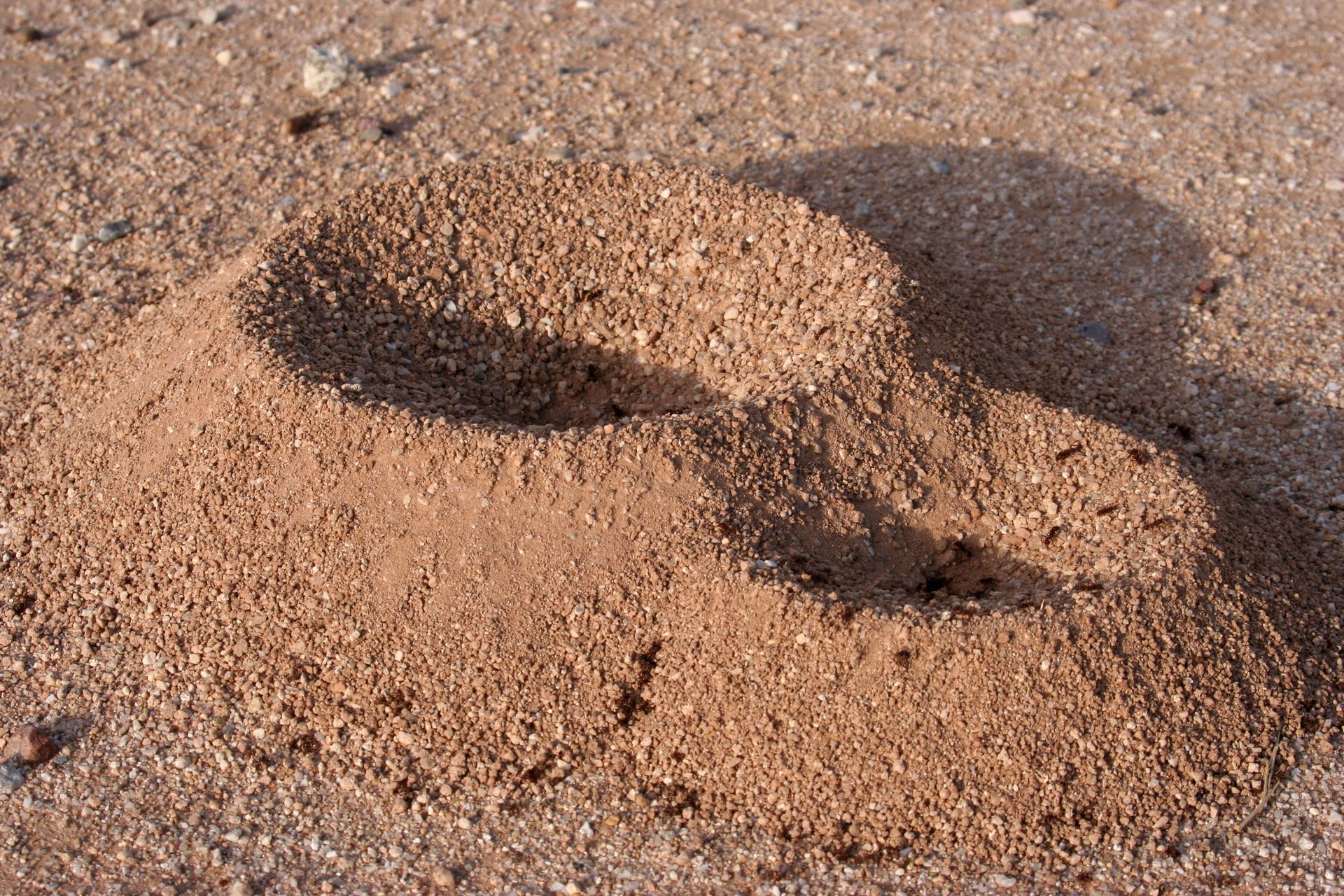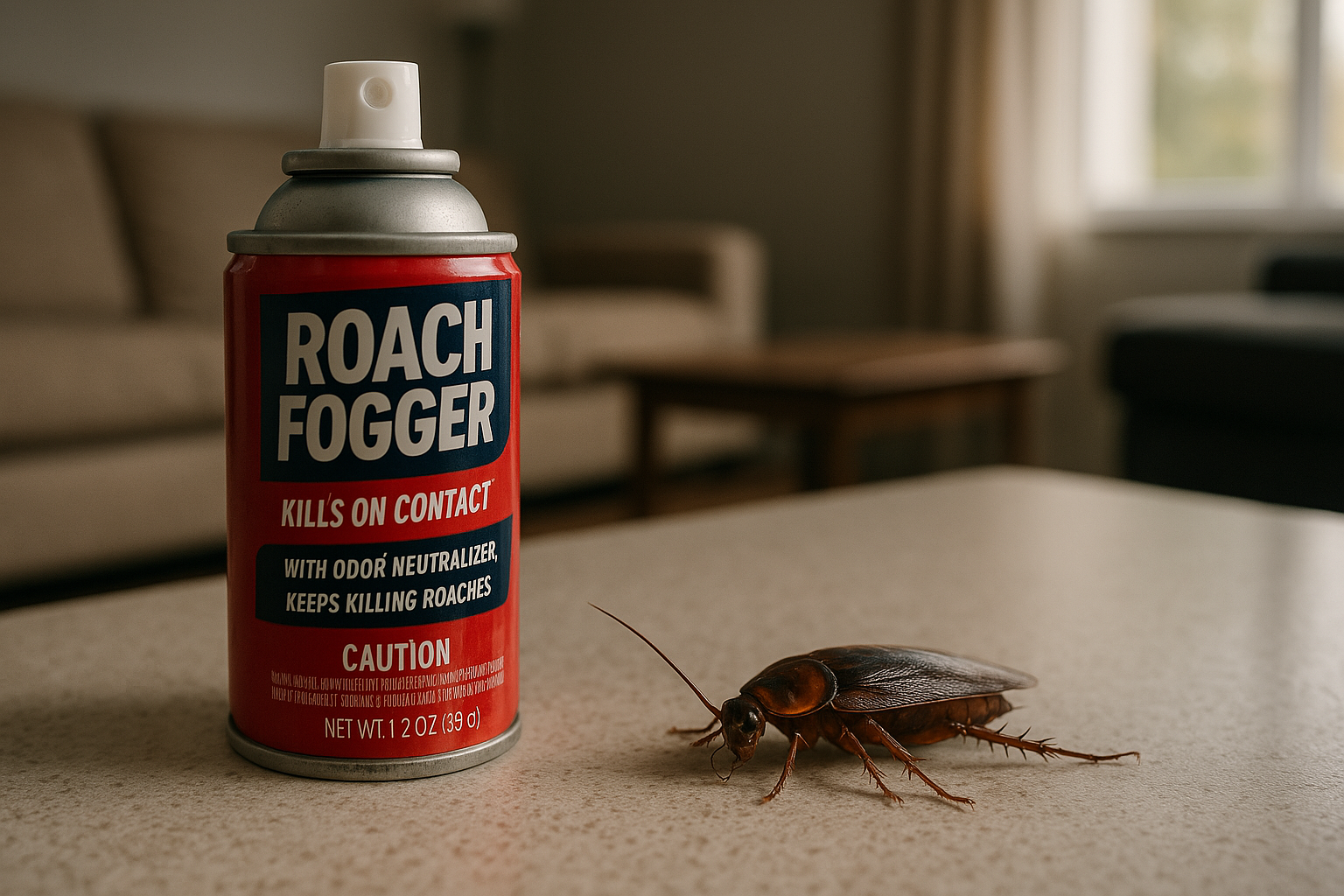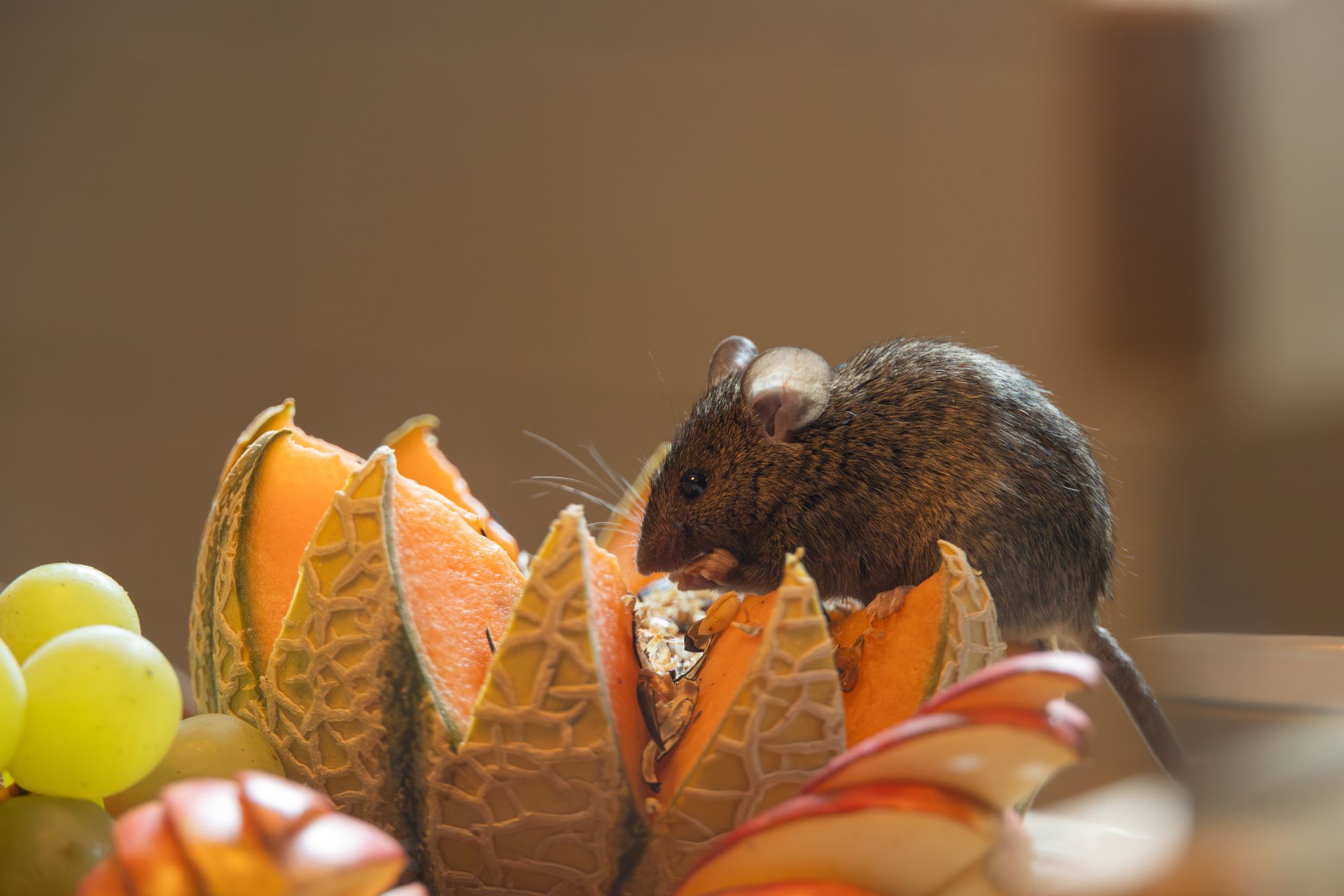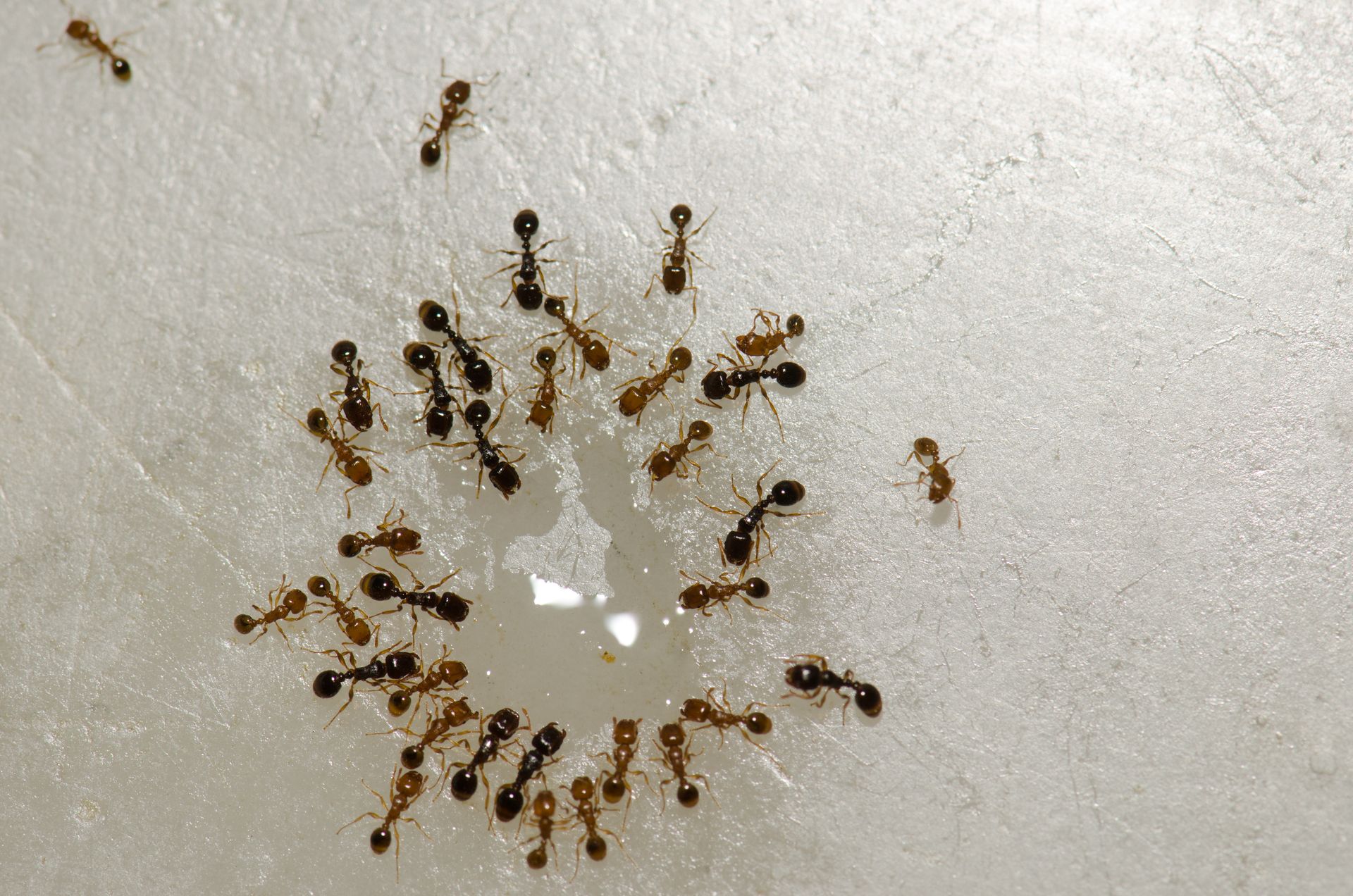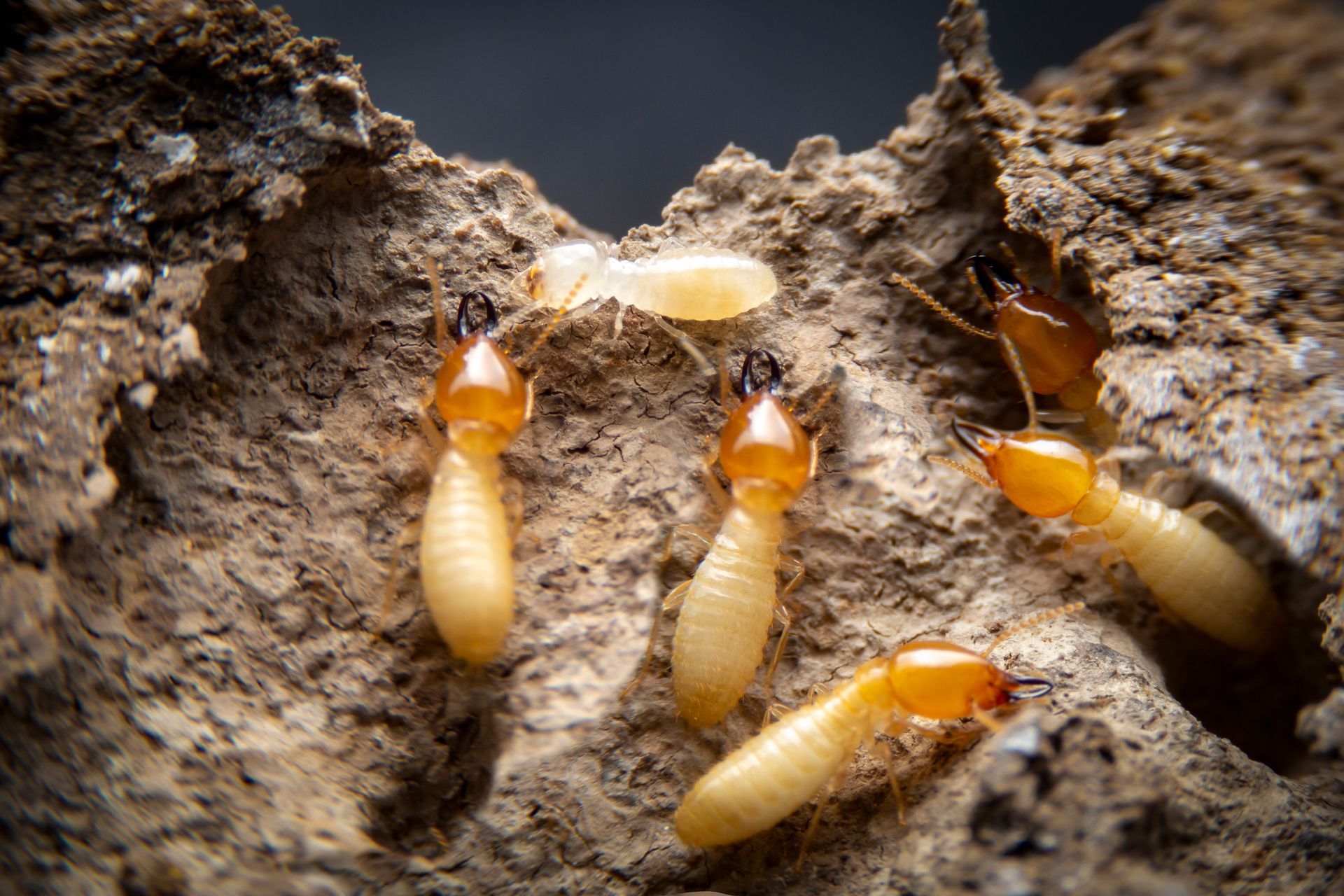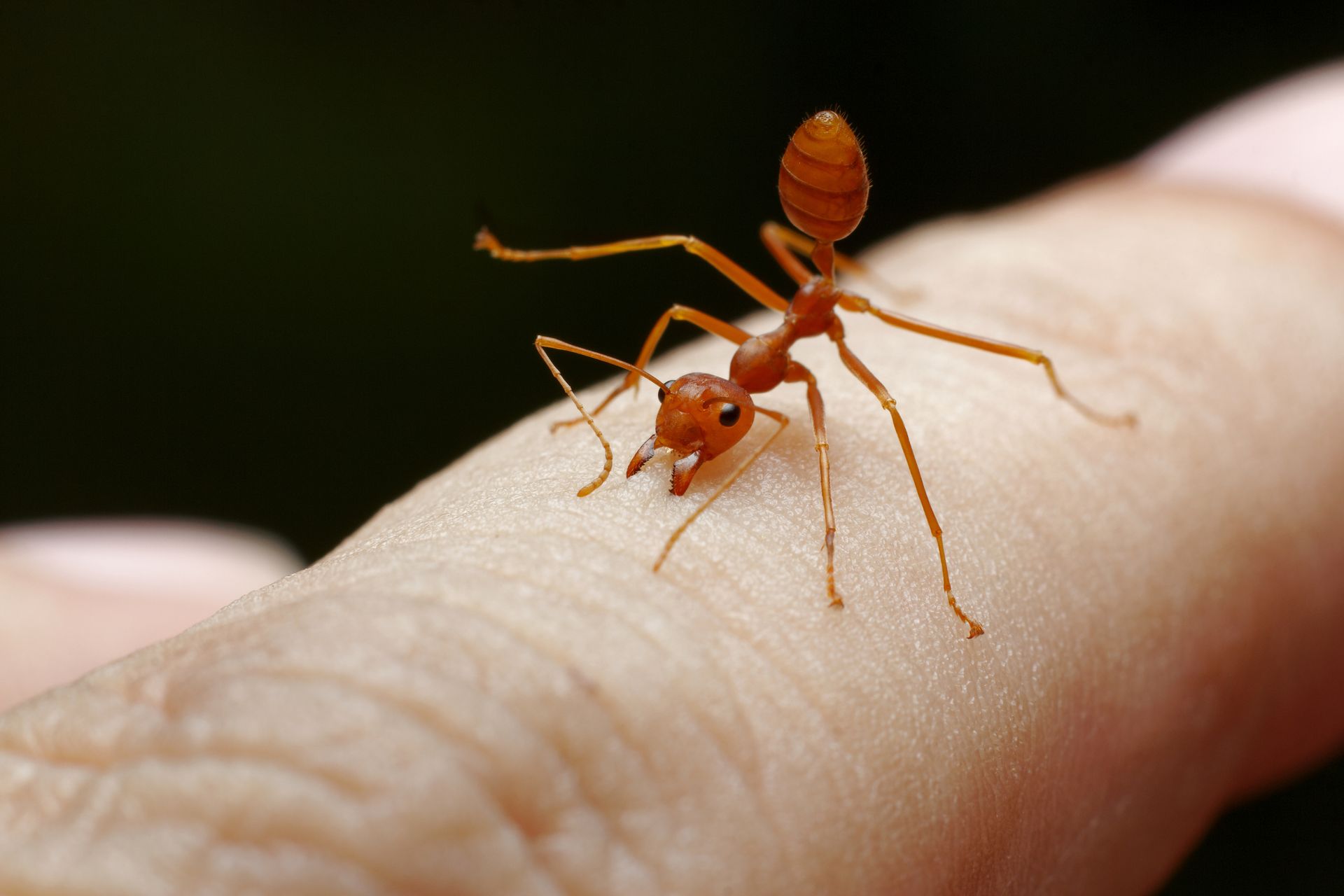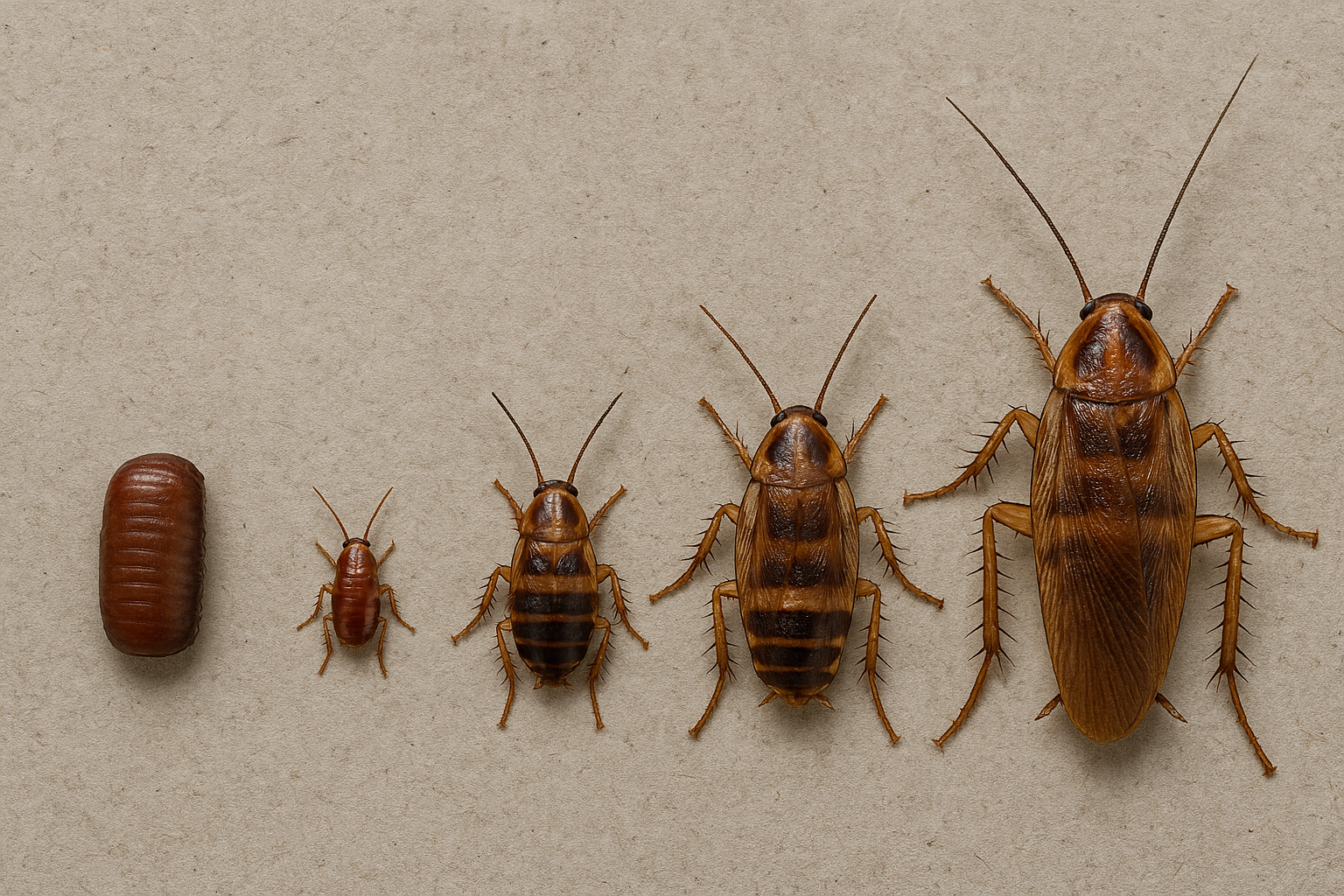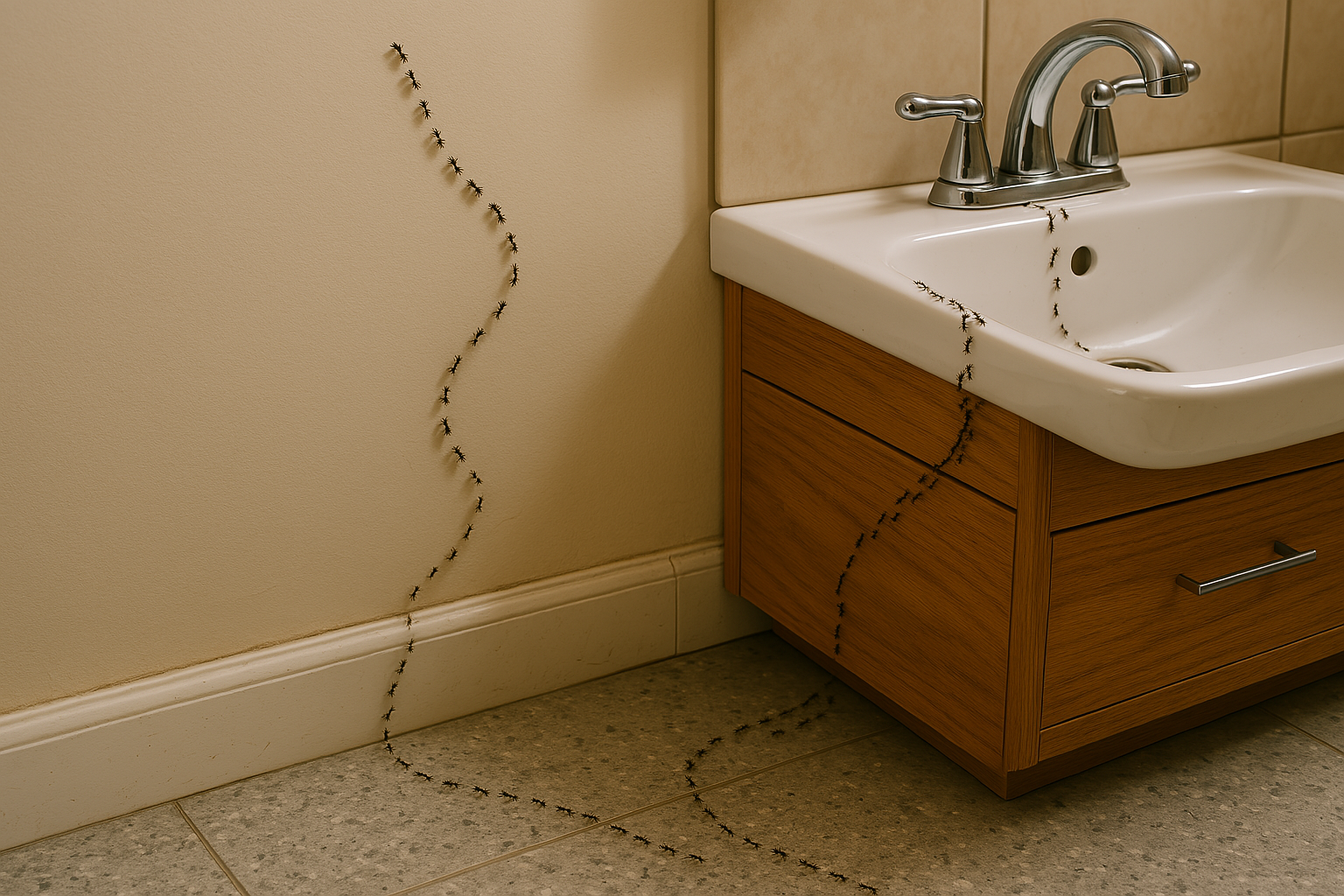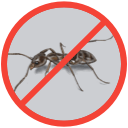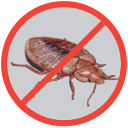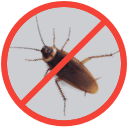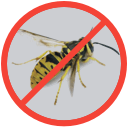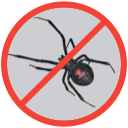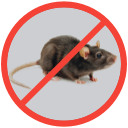Why Are There Suddenly So Many Cockroaches in My House?
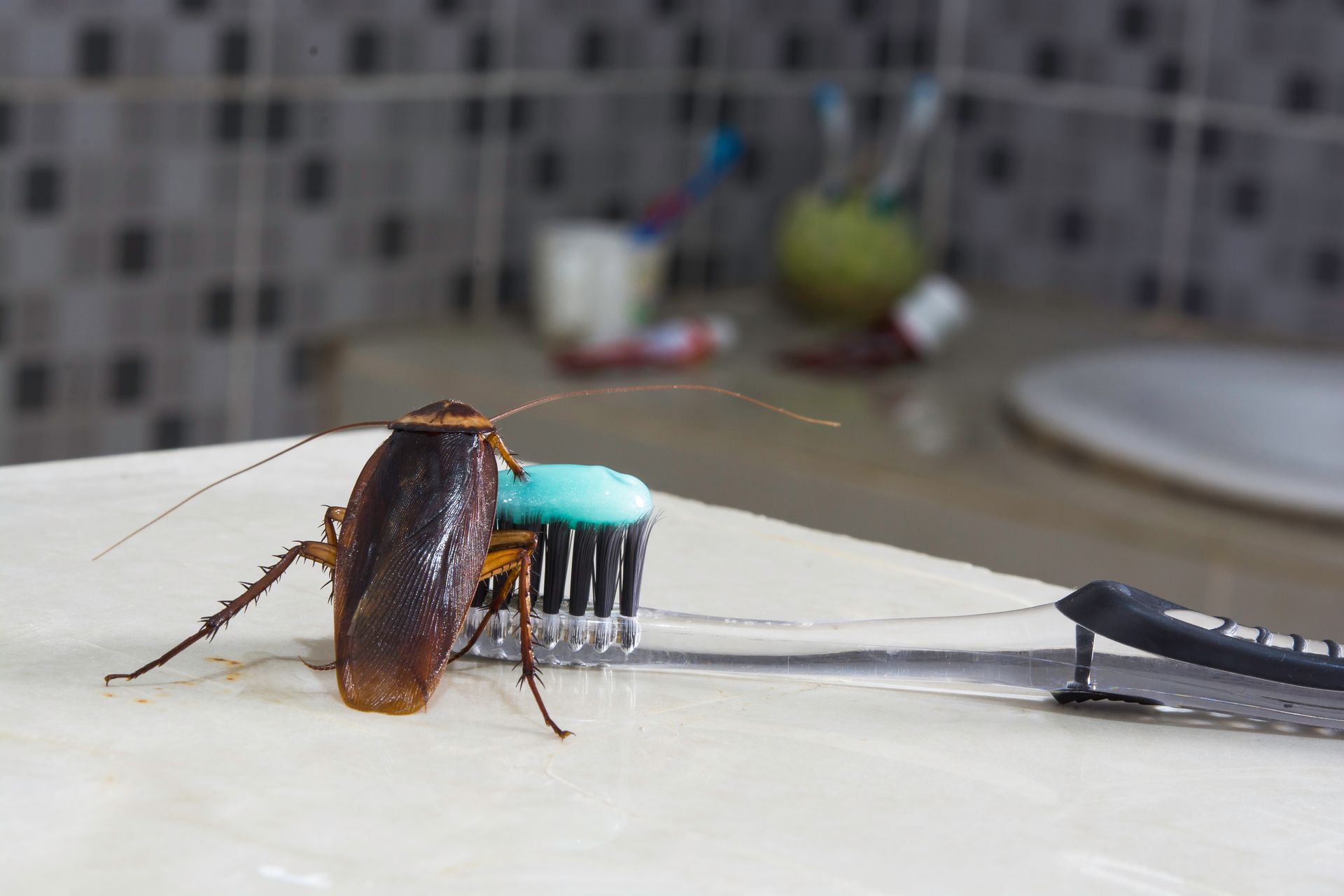
Finding yourself face to face with a sudden surge of cockroaches in your home can be both bewildering and distressing. Even homeowners who maintain pristine living conditions often find themselves asking this question. The reality is that cockroaches don't respect cleanliness boundaries, and their sudden appearance often stems from a complex interplay of environmental factors, seasonal changes, and hidden opportunities within your home's structure.
When conditions align favorably, these resilient pests can transform from a minor presence to a significant infestation seemingly overnight. Understanding the underlying reasons behind their sudden emergence is crucial for both addressing current problems and preventing future invasions. The dramatic increase in cockroach sightings typically occurs when environmental pressures force these nocturnal insects to venture from their hidden harborages into visible areas of your home. This behavioral shift signals that their population has likely been growing undetected, creating competition for resources that drive them out into the open where homeowners finally notice them.
Do Cockroaches Infest Clean Houses?
Many people incorrectly believe that cockroaches exclusively invade homes with poor sanitation and cleanliness standards. This assumption often leaves meticulous homeowners feeling confused and somewhat betrayed when these unwanted guests appear despite their best housekeeping efforts. The truth challenges this notion entirely.
Research demonstrates that cockroaches possess extraordinary survival capabilities that enable them to thrive in even the most well maintained environments. These insects are primarily driven by three fundamental needs: sustenance, hydration, and shelter. When these basic requirements are available, cleanliness becomes a secondary consideration in their settlement decisions.
Cockroaches exhibit remarkable resourcefulness in locating food sources that many homeowners wouldn't consider edible. They consume everything from minute food particles trapped in appliance crevices to organic materials like paper, cardboard, and even soap residue. Their dietary flexibility means that traditional cleaning methods may not eliminate all potential attractants.
Furthermore, modern homes provide numerous microclimates that cockroaches find irresistible. Areas behind refrigerators, under sinks, and within wall voids create warm, humid environments that mirror their preferred natural habitats. These spaces exist regardless of surface cleanliness and offer cockroaches ideal breeding and nesting locations that remain largely unaffected by regular household maintenance.
Then Why Am I Seeing Roaches All of a Sudden?
The sudden visibility of cockroaches typically results from several converging factors that force these naturally secretive insects into the open. Understanding these triggers helps explain why populations that have remained hidden for months can seemingly explode into view within days.
Environmental Pressure and Resource Competition
Population growth represents the most common reason for sudden cockroach appearances. German cockroaches, the most prevalent indoor species, can produce up to 10,000 descendants during a female's lifetime of 100 to 200 days under optimal conditions. As populations expand within their hidden harborages, competition intensifies for food, water, and living space. This pressure eventually forces individuals to venture into previously avoided areas, making them visible to homeowners.
Seasonal Migration Patterns
Weather fluctuations significantly influence cockroach behavior and movement patterns. During temperature extremes, both hot and cold, cockroaches actively seek more comfortable indoor environments. Research indicates that cockroach activity generally increases during warmer months when their metabolic rates accelerate, as temperature is the most important determinant of metabolic rate in ectothermic animals and controls nearly all physiological and biochemical processes. Conversely, colder periods trigger shelter seeking behavior that brings outdoor populations into indoor spaces where they become more noticeable to occupants.
Moisture Fluctuations and Water Sources
Changes in humidity levels and water availability can dramatically affect cockroach distribution within homes. Periods of drought may concentrate populations around reliable water sources like leaky pipes, pet water bowls, or bathroom fixtures. Conversely, flooding or excessive moisture can displace established colonies, forcing them to seek new territories.
Cockroaches require consistent access to water sources and can detect moisture gradients from considerable distances. When their primary water sources become compromised or when new sources become available, entire populations may relocate, creating the appearance of sudden infestation.
Disturbance of Established Harborages
Home maintenance activities, renovations, or even deep cleaning efforts can disrupt established cockroach colonies. When their hidden refuges are disturbed, cockroaches scatter in search of alternative shelter which temporarily increases their visibility until they establish new harborages.
Chemical Repellents and Improper Treatments
Paradoxically, certain pest control efforts can increase cockroach visibility. Research demonstrates that spray treatments and foggers often scatter cockroaches rather than eliminate them, with ingredients in foggers tending to be repellent and causing insects to move deeper into wall voids and other hard to reach areas. This phenomenon can create the false impression of treatment failure when it actually represents normal pest behavior responding to chemical pressure.
Neighboring Infestations
In multi-unit buildings and closely positioned houses, cockroach populations frequently migrate between properties through shared walls, utility connections, and plumbing systems. Pest control efforts in neighboring units can drive populations toward untreated areas, causing sudden appearances in previously unaffected homes.
Pheromone Accumulation
Cockroaches communicate through chemical pheromones that accumulate over time in areas of heavy activity. Research demonstrates that cockroach chemical signals can attract individuals from distant locations through tropochemotactic orientation, with cockroaches turning toward air currents carrying aggregation pheromones, concentrating populations in specific areas and creating the perception of sudden infestation when multiple individuals converge simultaneously.
Why Are There Roaches in My Room?
Discovering cockroaches in bedrooms can be particularly unsettling since these areas are typically furthest from traditional food sources. However, several factors make bedrooms attractive to these adaptable pests, particularly when populations have grown large enough to expand beyond primary harborage areas.
Warmth and Climate Control
Bedrooms often maintain consistent temperatures that cockroaches find comfortable. Heat generated by electronics, bedding, and human occupancy creates microclimates that appeal to these warmth seeking insects. Areas around heating vents, electronic devices, and bed frames provide ideal temperature conditions for cockroach activity.
Hidden Food Sources
While bedrooms may appear food free, cockroaches can locate numerous sustenance opportunities that escape human notice. Skin flakes, hair, fabric fibers, and dust mites all provide nutritional value to these omnivorous insects. Additionally, late night snacking habits can leave crumbs and residues that attract hungry cockroaches.
Moisture Availability
Bedrooms connected to or near bathrooms often experience elevated humidity levels that cockroaches find attractive. Humidifiers, plants, and even human respiration during sleep contribute to moisture that can sustain cockroach populations.
Overflow from Primary Infestations
Cockroach appearances in bedrooms frequently indicate that primary infestations in kitchens or bathrooms have reached capacity. As competition intensifies in preferred areas, individuals venture into secondary territories to establish new colonies or locate additional resources.
Transportation Routes
Bedrooms may serve as pathways between cockroach harborages and food sources. Cockroaches traveling from wall voids to kitchens may traverse bedrooms, particularly during nighttime hours when human activity is minimal. Some individuals may become temporarily stranded or choose to remain if they locate suitable conditions.
How Did Cockroaches Get Inside?
Understanding cockroach entry methods is essential for both addressing current infestations and preventing future invasions. These insects demonstrate remarkable ingenuity in locating and exploiting structural vulnerabilities that provide access to indoor environments.
Structural Entry Points
These insects demonstrate remarkable anatomical adaptations that allow them to squeeze through exceptionally narrow spaces and gaps. They can compress their bodies to fit through gaps as narrow as 3 millimeters, making virtually any crack or crevice a potential entry point. Common structural vulnerabilities include:
- Foundation cracks and gaps around pipes, cables, and utility lines represent primary access routes. These openings often develop naturally as buildings settle or may result from construction imperfections. Cockroaches can follow these pathways directly from outdoor environments into interior spaces.
- Window and door gaps provide obvious entry opportunities, particularly when weather stripping deteriorates or installations are imperfect. Even properly fitted doors and windows may develop gaps over time due to settling, warping, or normal wear that creates cockroach sized openings.
- Ventilation systems, including dryer vents, exhaust fans, and HVAC openings, can serve as highways for cockroach movement. These systems often connect indoor and outdoor environments while providing the warm, dark conditions that cockroaches prefer for travel.
Drainage and Plumbing Systems
Sewer and drainage networks represent major cockroach highways that directly connect outdoor populations to indoor plumbing fixtures. American cockroaches, in particular, are notorious for navigating these systems and emerging through floor drains, toilet connections, and sink traps. Plumbing penetrations through walls and floors also create small gaps that cockroaches can exploit. Even professional installations may leave minute openings that provide sufficient access for these persistent insects.
Transportation and Hitchhiking
Modern lifestyles inadvertently facilitate cockroach transportation through numerous everyday activities. Grocery bags, delivery packages, and storage containers can harbor cockroaches or their egg cases and introduce them directly into homes without requiring external entry points.
Secondhand furniture, appliances, and electronics represent particularly high risk items since cockroaches commonly inhabit these objects in their previous locations. Even brief storage in infested areas can result in hitchhiking cockroaches that establish new populations when items reach their destinations.
Luggage and personal belongings can transport cockroaches across vast distances, particularly when traveling to or from infested locations. Hotel stays, visits to infested buildings, or storage in contaminated areas can result in unwitting cockroach transportation.
Multi-Unit Building Connectivity
Any building that shares walls helps facilitate cockroach movement between units. Shared walls, plumbing systems, electrical conduits, and ventilation networks provide numerous pathways for cockroach migration. Cockroaches can travel considerable distances through these building systems, sometimes appearing in units far from their original introduction points. This connectivity makes building wide infestations common and individual unit treatments often ineffective without coordinated efforts.
The Hidden Cost of Inaction
Ignoring a cockroach infestation carries significant financial implications that extend far beyond the immediate discomfort of sharing your home with these pests. The economic impact of delayed action often exceeds the cost of prompt professional intervention by substantial margins.
Health Care Expenses
Cockroach infestations pose documented health risks that can translate into significant medical costs. The National Pest Management Association reports that 63% of homes in the United States contain cockroach allergens, with urban areas showing rates between 78% and 98%. These allergens can trigger asthma attacks, allergic reactions, and respiratory problems, particularly in children.
Studies demonstrate strong correlations between cockroach exposure and increased healthcare utilization, including emergency room visits, prescription medications, and specialist consultations. Children exposed to cockroach allergens show significantly higher rates of asthma related hospitalizations, creating long term medical expenses that often persist beyond the infestation period.
Property Damage and Depreciation
While cockroaches don't cause structural damage like termites, they can significantly impact property values and marketability. Real estate professionals report that disclosed pest history can reduce property values and extend time on market. The psychological impact of known infestations affects buyer perceptions even after successful treatment.
Cockroaches can also damage personal belongings through contamination and direct feeding. They consume paper products, fabrics, and organic materials, potentially destroying important documents, books, and clothing. Electronics may suffer damage from cockroach debris and secretions that can cause corrosion and malfunction.
Business and Commercial Impacts
Commercial properties face particularly severe consequences from cockroach infestations. Restaurants, food services, and healthcare facilities risk failing health inspections, facing fines, and experiencing temporary closures. Reputation damage in commercial settings can have lasting financial impacts that far exceed direct treatment costs. Customer loss, negative reviews, and regulatory penalties can substantially affect business revenue and market position.
Treatment Cost Escalation
Early intervention typically costs significantly less than addressing established infestations. Small cockroach populations can often be controlled with targeted treatments and preventive measures. However, large infestations require more intensive approaches, multiple treatment visits, and comprehensive exclusion work that multiply costs.
Delayed action allows populations to expand and spread throughout buildings, requiring treatment of larger areas and potentially multiple units in connected properties. The geometric growth rate of cockroach populations means that waiting even a few weeks can dramatically increase treatment complexity and expense.
How Do I Get Rid of Cockroaches?
Effective cockroach elimination requires a comprehensive approach that addresses both immediate populations and underlying conditions that support infestations. Modern pest management has evolved beyond simple insecticide applications to embrace integrated strategies that provide more sustainable and effective results.
Integrated Pest Management Approach
Integrated Pest Management (IPM) represents the current standard for effective cockroach control. This approach combines multiple control methods based on thorough inspection and monitoring rather than relying solely on chemical treatments. IPM focuses on long term prevention and addresses the root causes of infestations.
The EPA promotes IPM as an environmentally sensitive approach that reduces pesticide exposure while achieving superior results. IPM programs typically achieve more effective pest control with less environmental impact compared to traditional spray based approaches.
Sanitation and Source Reduction
Eliminating food and water sources forms the foundation of successful cockroach control. This involves more than basic cleaning and requires identifying and addressing subtle attractants that support cockroach populations.
- Food storage must be upgraded to eliminate access to cockroach food sources. All food items should be stored in sealed containers, with particular attention to pet food, which cockroaches find highly attractive. Regular cleaning should focus on removing grease, crumbs, and organic debris from hard to reach areas where cockroaches typically feed.
- Water source elimination requires identifying and repairing leaks, eliminating standing water, and reducing humidity levels. This may involve fixing plumbing problems, improving ventilation, and using dehumidifiers in problematic areas.
Exclusion and Habitat Modification
Sealing entry points and eliminating harborage sites significantly reduces cockroach populations and prevents future infestations. This requires systematic inspection and treatment of potential access routes and hiding places.
Caulking gaps around pipes, cables, and other penetrations eliminates primary entry routes. Weather stripping around doors and windows prevents cockroach access while also improving energy efficiency. Mesh screens over drains and vents block cockroach movement while maintaining functionality.
Harborage elimination involves reducing clutter and modifying conditions that cockroaches find attractive. This may include repairing damaged wood, eliminating moisture problems, and organizing storage areas to reduce available hiding places.
Strategic Use of Control Products
Modern cockroach control relies heavily on bait formulations rather than spray treatments. Baits provide superior results because cockroaches actively seek them out and transport active ingredients back to their harborages, affecting entire populations including individuals that never directly contact treated areas. Gel baits offer precision application that targets cockroach activity areas while minimizing human and pet exposure. These products work gradually, allowing cockroaches to return to their colonies and share the bait through social interactions and cannibalistic behavior.
Insect growth regulators disrupt cockroach development, preventing immature insects from reaching reproductive maturity. These products provide long term population suppression by breaking the reproductive cycle.
Monitoring and Follow up
Effective cockroach control requires ongoing monitoring to assess treatment success and detect new activity. Sticky traps provide valuable information about population levels, species identification, and activity patterns that guide treatment decisions.
Regular inspections help identify new problems before they become established infestations. This proactive approach prevents minor issues from developing into major problems that require intensive treatment.
Why DIY Cockroach Treatments Are Ineffective
While homeowners understandably want to address cockroach problems quickly and economically, most do it yourself approaches fail to achieve lasting results. Understanding why DIY treatments typically fall short helps explain the value of professional intervention.
Limited Product Access and Effectiveness
Consumer available products generally contain lower concentrations of active ingredients compared to professional grade materials. Regulatory restrictions limit the potency and types of active ingredients available to non-licensed users, reducing treatment effectiveness.
Over the counter sprays often scatter cockroaches rather than eliminate them, temporarily displacing populations without achieving meaningful control. These products may provide immediate visible kills but fail to address hidden populations that constitute the majority of most infestations.
Inadequate Application Methods
Effective cockroach control requires precise product placement based on thorough understanding of cockroach behavior and biology. Most homeowners lack the training and experience necessary to identify optimal treatment locations and apply products correctly.
Professional pest control technicians understand cockroach movement patterns, preferred harborage sites, and feeding behaviors that guide strategic product placement. This knowledge significantly improves treatment effectiveness compared to random or obvious application sites typically chosen by untrained individuals.
Incomplete Approach
DIY treatments typically focus on immediate cockroach elimination rather than comprehensive population management. Most homeowners apply products reactively without addressing underlying conditions that support infestations. Professional treatments incorporate inspection, sanitation recommendations, exclusion work, and ongoing monitoring that address all aspects of cockroach management. This comprehensive approach provides more sustainable results than product application alone.
Safety and Resistance Concerns
Improper pesticide use can create health hazards for building occupants while potentially contributing to insecticide resistance development. Many homeowners over apply products or use them in inappropriate locations, increasing exposure risks without improving effectiveness. Cockroach populations can develop resistance to repeatedly used active ingredients, making future control more difficult. Professional pest control programs rotate products and use combination approaches that reduce resistance development.
Contact EcoGuard Pest Management if You are Dealing with Cockroaches
When cockroaches suddenly appear in your home, prompt professional intervention provides the most effective path to regaining control and preventing future problems. EcoGuard Pest Management specializes in comprehensive cockroach control programs that address both immediate infestations and long term prevention strategies. Our experienced technicians understand the complex factors that contribute to sudden cockroach appearances and can develop customized treatment plans that provide lasting results while protecting your family's health and safety.
Sudden Cockroach Appearance FAQs
Can cockroaches appear overnight?
While cockroaches don't literally appear overnight, established populations can become suddenly visible when environmental pressures force them from their hidden harborages into open areas. These insects typically remain hidden for weeks or months while their populations grow undetected. When competition for food and space intensifies or their hiding spots are disturbed, they venture into visible areas where homeowners finally notice them.
Does one cockroach mean there are more?
Yes, cockroaches are social insects that typically live in groups, so finding one almost always indicates the presence of additional individuals nearby. A single visible cockroach often represents just a small fraction of the total population since these nocturnal pests spend most of their time hidden in cracks, crevices, and wall voids. German cockroaches, in particular, are rarely found alone and typically indicate an established breeding population.
Can cockroaches come from neighbors?
Absolutely, cockroaches frequently travel between units in connected buildings through shared walls, plumbing systems, and utility conduits. Even in single family homes, cockroaches can migrate from neighboring properties through outdoor pathways and then find entry points into your home. Pest control efforts in one unit can actually drive cockroaches toward untreated neighboring areas, making coordinated treatment approaches more effective.
Do cockroaches hibernate in winter?
Cockroaches don't hibernate but become less active in cold weather and actively seek warm indoor spaces during winter months. This behavior often increases indoor sightings as outdoor species move inside heated buildings to survive. Cold temperatures slow their metabolism and reproduction but don't eliminate populations, which can quickly rebound when warmer conditions return.
How quickly do cockroaches multiply?
German cockroaches reproduce extremely rapidly, with females producing up to 40 eggs every 28 days under optimal conditions. A single female can generate up to 10,000 offspring in one year if left unchecked. This exponential growth rate explains why small infestations can quickly become overwhelming problems when left untreated.
Will keeping my house clean prevent cockroaches?
While cleanliness significantly reduces attractants and makes your home less appealing to cockroaches, it cannot guarantee prevention. These adaptable pests can still infest clean homes through hitchhiking on packages, migrating from neighboring infestations, or exploiting structural entry points. Cleanliness is an important component of prevention but must be combined with exclusion measures and monitoring for comprehensive protection.


